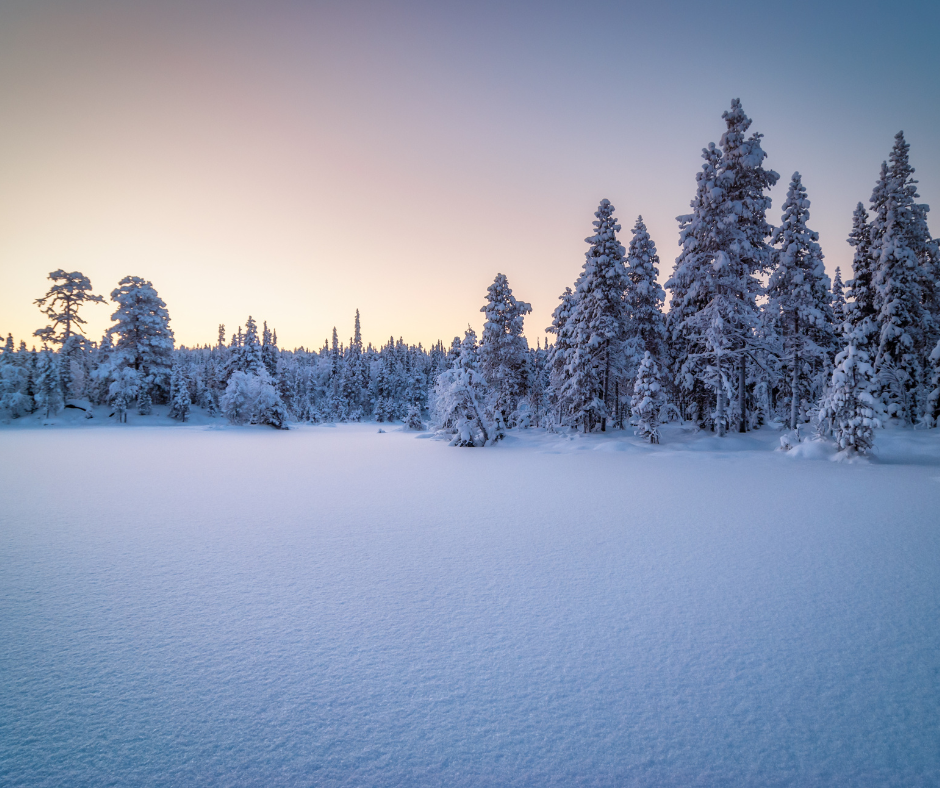Different snow types produce a variety of snow conditions. Recreationists visiting the Sawtooth National Recreation Area can benefit from knowing these differences. From skiing and snowmobile preferences to understanding how avalanche threats develop, you can plan accordingly and stay safe when enjoying the great Idaho outdoors this season.
Skiing
Alpine, Nordic, and backcountry skiers understand how the slightest change in snow can make for very different ski conditions- often dictating which skis to use.
- Powder- When the air is very dry and cold, it makes for less moisture in the flakes. Powder snow is what many experienced downhill skiers (and other types of recreationists) crave!
- Cement snow: A heavy, wet powder that offers a good skiing surface, but if you sink into it, you’ll find out why it has this name!
- Champagne snow: It’s dry snow that requires very cold air to form. It’s a step up from powder- extremely light and fluffy.
- Corn snow: The surface looks like corn kernels stuck together; it has a velvety texture from partial melting. It’s not too hard, or too soft- just right.
- Popcorn snow: Another term for graupel- when small, soft hail/pellets form. It’s not a ski-friendly surface.
Snowmobiling
Many riders in the Sawtooth Recreation Area find powder snow conditions to be more fun. The machine can glide on rather than having to plow through the snow. Others prefer a more packed surface- especially if racing, as it makes for faster speeds. Most snowmobilers agree the best snow is when there is so much that there are no worries about obstacles being uncovered.
Snowshoeing
Powder, or freshly fallen snow (and an adequate amount) right after a storm, makes for great snowshoeing conditions. Sunny, warm temps afterward can lead to avalanche conditions on steep slopes. Being aware of these conditions can help you to prepare for the best place for a safe snowshoeing experience.
Speaking of avalanches
Leave it to the Pros
The weather determines the snowpack stability and a great deal is factored into analyzing conditions. Leave this to the professionals and visit www.sawtoothavalanche.com for current Sawtooth avalanche forecasts before heading out.
Scope the Slope
Will you be recreating on a slope that is more than 30–45-degrees? Gauging the steepness can be tricky. Consider purchasing a slope meter (inclinometer) and practice with it before recreating on any slope. Slopes above 45 degrees can have a difficult time holding the snow.
Are there slopes higher up above you that you cannot see? Does the terrain around you consist of rocks, trees, and other objects that are especially dangerous if a slide is triggered? Stay in more open object-free areas if possible.
Movement
How you travel (snowshoeing, snowmobiling, skiing, climbing, etc.) across snow can trigger unstable snow. Look for cracks in the snow and listen for hollow or thumping noises. Again, always check conditions right before recreating in the backcountry. Always be prepared with the proper clothing and safety equipment.
There is so much to explore and see in the Idaho Sawtooths during the winter months. With a little prep, you are sure to have an extraordinary experience in one of the most beautiful National Recreation Areas in our country.




